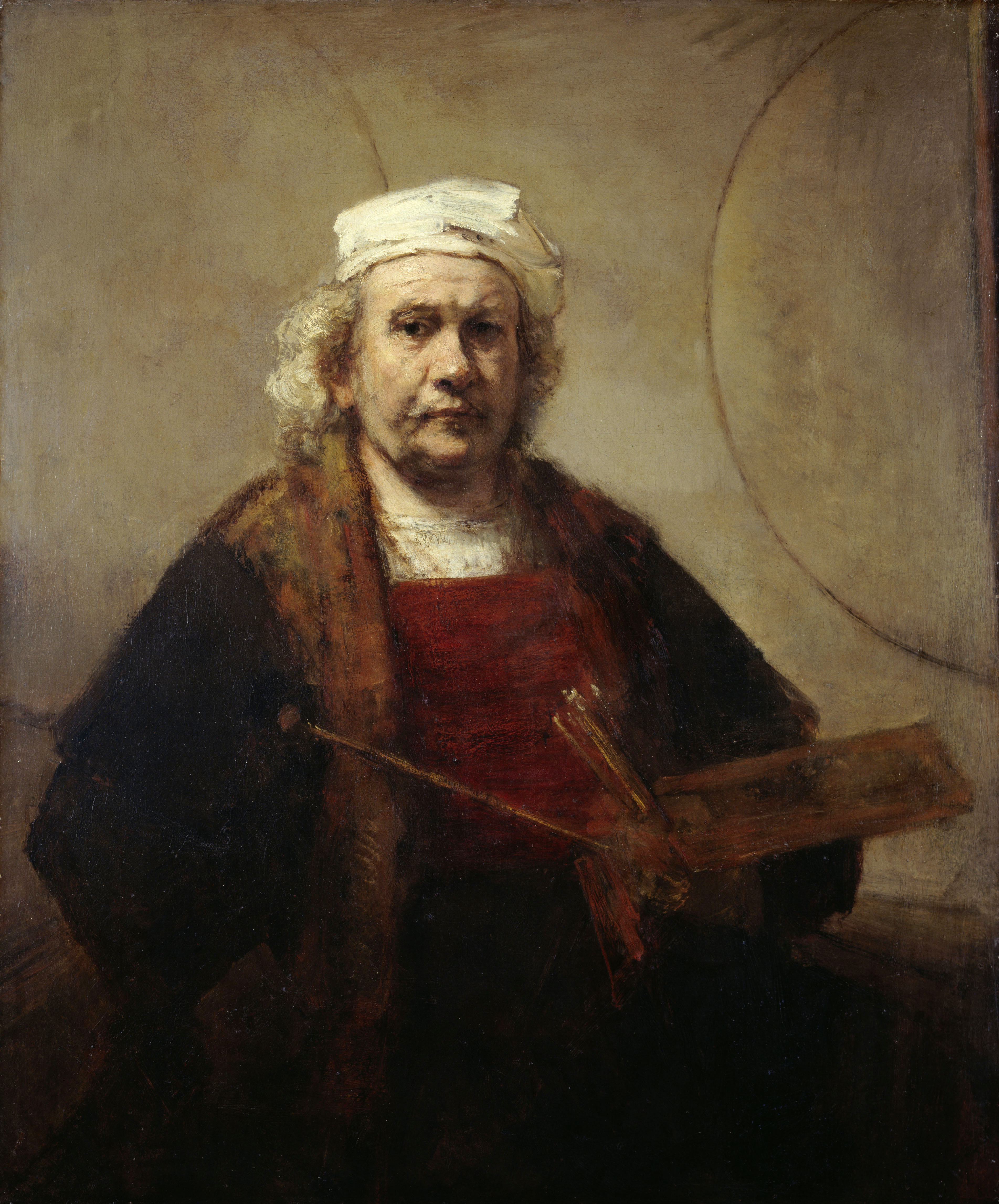There are a few artists who we commonly refer to by one name: DaVinci. Michelangelo, Raphael, Donatello (yes,. all the turtles)
But there are a few more: Picasso. Van Gogh.
And of course, Rembrandt.

Rembrandt’s family was really interesting: His father was a miller, and his mother a baker’s daughter, and Rembrandt was one of nine children. Most accounts list him as the youngest, or one of the youngest, but regardless, he was far enough down in the pecking order that an older brother would take over the family business. Rembrandt was free to choose another career, so like so many younger sons of this era, his family chose law for him.
And like so many other artists and composers…the family chose law and the student escaped into the world of art. (Seriously, the number of lawyers-turned-artist/composer is so common it’s a near-meme!)
Rembrandt flourished so quickly, he was a professional after only a couple of years’ training. He moved to Amsterdam, and there became one of the best artists, (and most colorful characters) in the Netherlands.

Part genius, part rascal, part embarrassment, part legend, Rembrandt is a really complex individual. Sadly, there’s no real time to get into all that happened around him and because of him here, but I know I’ll never see Rembrandt or his works in the same way again.
Attached here you’ll find three documents:
The Rembrandt Packet, filled with a mini bio, quotations, a selection of Rembrandt portraits (he eventually veered away from portraits into larger historical works, but since the two artist exercises focus on Rembrandt’s portraits, I chose to stay with the portraits), and take home ideas.
The Tutor Tricks for Rembrandt. This is less a script like the drawing modules, but more some ways you can fill in or flesh out the two exercises on Rembrandt from the book.
And the Rembrandt Timeline. This is a table showing how you can use any, or all of the various Timeline cards Classical Conversations makes to create a timeline of events and individuals who lived at the same time Rembrandt did. In addition, the Acts and Facts (The Timeline Cards) includes several Rembrandt paintings, and several other Baroque-era paintings which you can use to show even more examples of Rembrandt and his era.
All up to you of course.
I hope this helps, and like before, if you need anything, reach out to me here, or on facebook!
